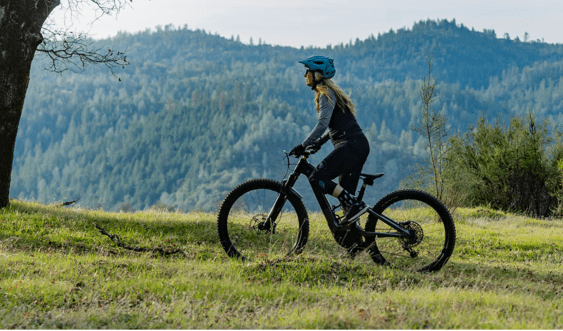- Bike advocates often wonder why America can't be more like the Amsterdam, and opponents often counter that Amsterdam isn't (insert your city here). A second look at history shows that the anti-car movement in the U.S. was stronger than previously thought, even at the peak of car culture in the 1950s and ‘60s, while an enlightened Dutch government didn’t simply design bike-friendly cities — people had to demand them. (City Lab)
- The media should stop calling bike lanes “controversial.” A third of Americans rode a bike in the past year, and many more say they would cycle if it were safer, writes Outside Magazine Bike Snob Eben Weiss.
- Today in autonomous vehicles: A driverless shuttle is ferrying Peachtree Corners shoppers around in Gwinnett County (Atlanta Journal-Constitution). Meanwhile, Uber has put self-driving cars on the road in Pittsburgh, and is hoping to do the same in Dallas (Morning News). Most driverless cars have gotten safer, but The Drive contends that Tesla’s, in particular, remain reckless.
- In Las Vegas — where streets are built for cars, and transit and low-income neighborhoods are mainly located along wide, busy roads — drivers kill an average of 60 pedestrians a year. (Nevada Current)
- Denver’s transit agency marks the 25th anniversary of light rail. It’s grown to eight lines since 1994 despite multiple hurdles along the way. (Denver Channel)
- Seattle’s city-owned and privately operated monorail is one of the few transit options in the region that doesn’t accept ORCA cards, but that’s about to change. (KOMO)
- Are Southern California and Bay Area businessmen and politicians conspiring to redirect funds for what little remains of California’s high speed rail line in the Central Valley? The Fresno Bee is asking. While abandoning the line entirely could adversely affect the Fresno area, it's also worth asking if the money isn't better spent elsewhere if the line won't connect the population centers of Los Angeles and San Francisco.
- Provo’s bus rapid transit line is a big success with almost 15,000 riders per day. (Salt Lake Tribune)
- Minneapolis is lowering speed limits and adding safety improvements like bump-outs and pedestrian refuges to its most dangerous streets as part of Vision Zero. (KSTP)
- Portland has won federal approval to paint bus-only lanes red, which has proven effective in keeping car drivers out of them. (Bike Portland)
- It’s a common turn of phrase, but one San Francisco poet/cyclist wants to know, literally, “Which Hill Will I Die On?” (Bay City Beacon)
Today's Headlines
Wednesday’s Headlines
Stay in touch
Sign up for our free newsletter
More from Streetsblog USA
Thursday’s Headlines: Merry Christmas Edition
We're off today, and we wish you a very Merry Christmas!
Don’t Believe the Hype: NJ Turnpike Widening Still Happening
Gov. Murphy's late revision will just move the problem around, advocates say.
Opinion: Can AI Help Stop Car Crashes Before They Happen?
Proactive safety planning can save more lives than waiting until after crashes kill. But what's the proper role of technology in identifying future hot spots?
Wednesday’s Headlines Have a Clean Background
Uber isn't doing everything it can to keep violent felons out of the driver's seat, according to the New York Times.
Scofflaw Manufacturers Could Be The Downfall of E-bikes
If illegal e-motorcycles are the downfall of legitimate e-bikes, manufacturers and retailers should look themselves in the eye, not blame it on their customers.
Failure of Electric Bus System Means Pollution Will Continue in NYC
The Adams administration gives a major bus company a reprieve from idling laws — because battery-powered systems apparently don't exist yet.





